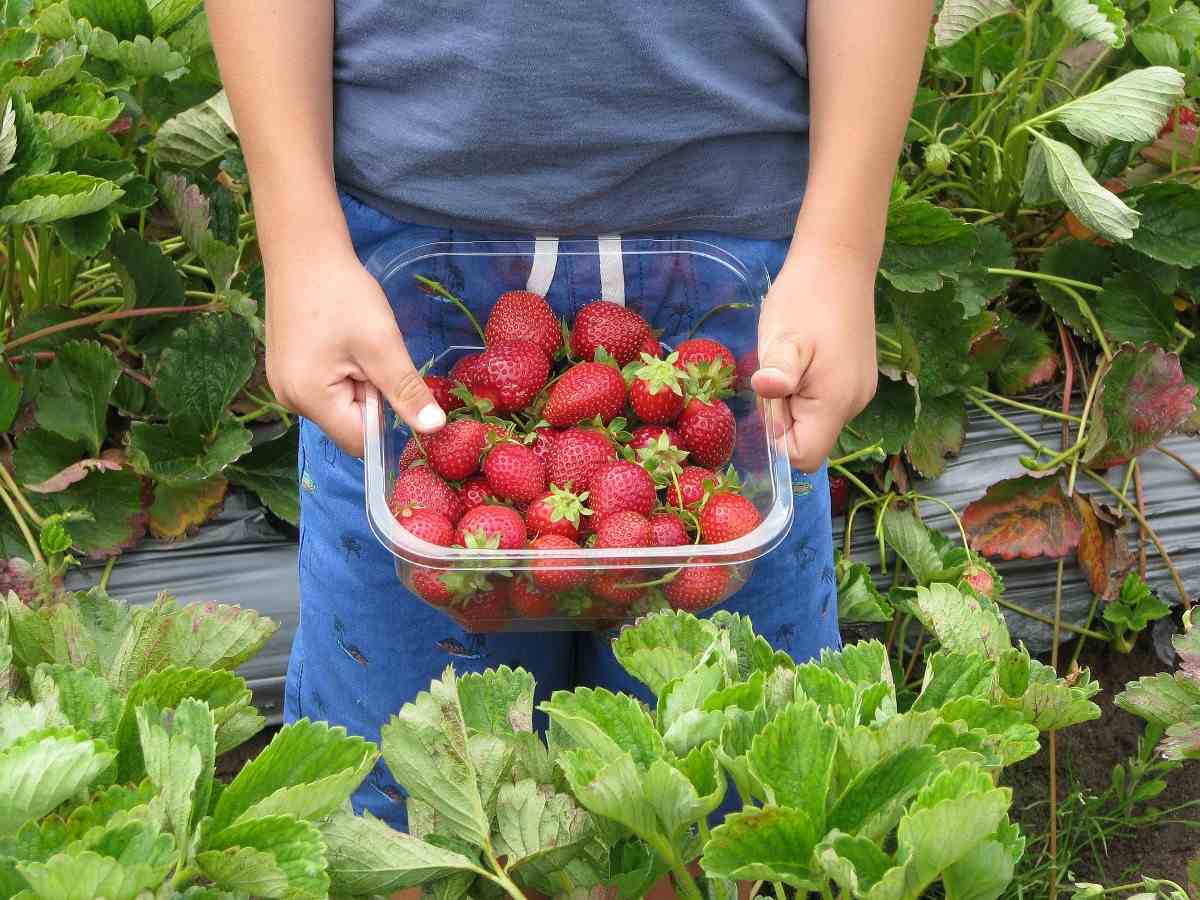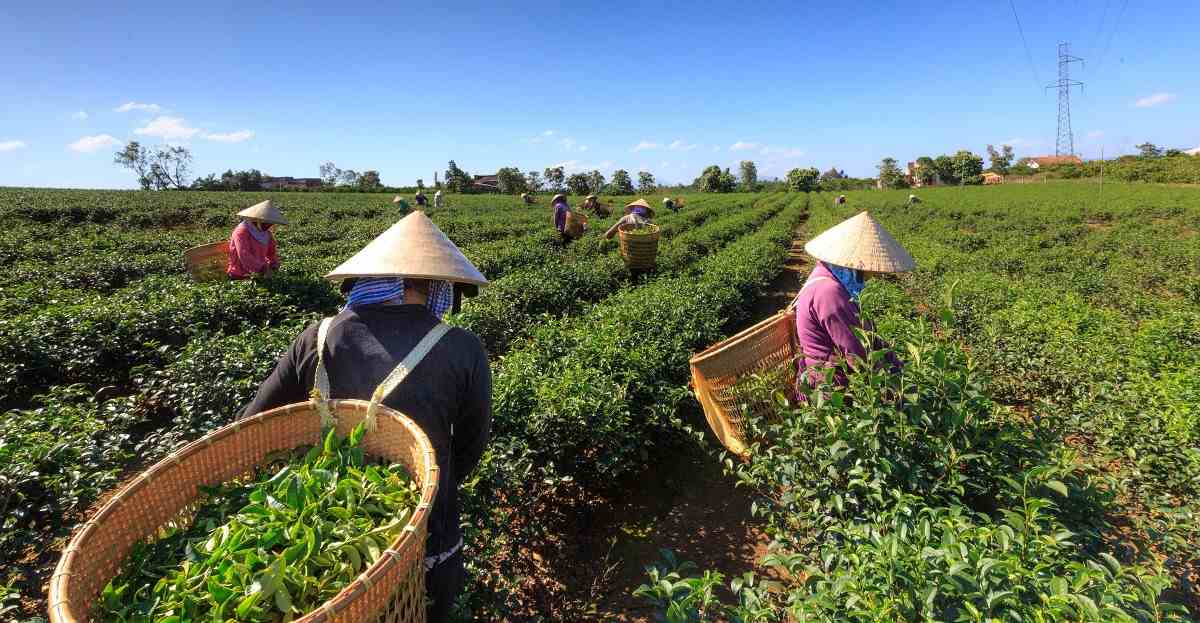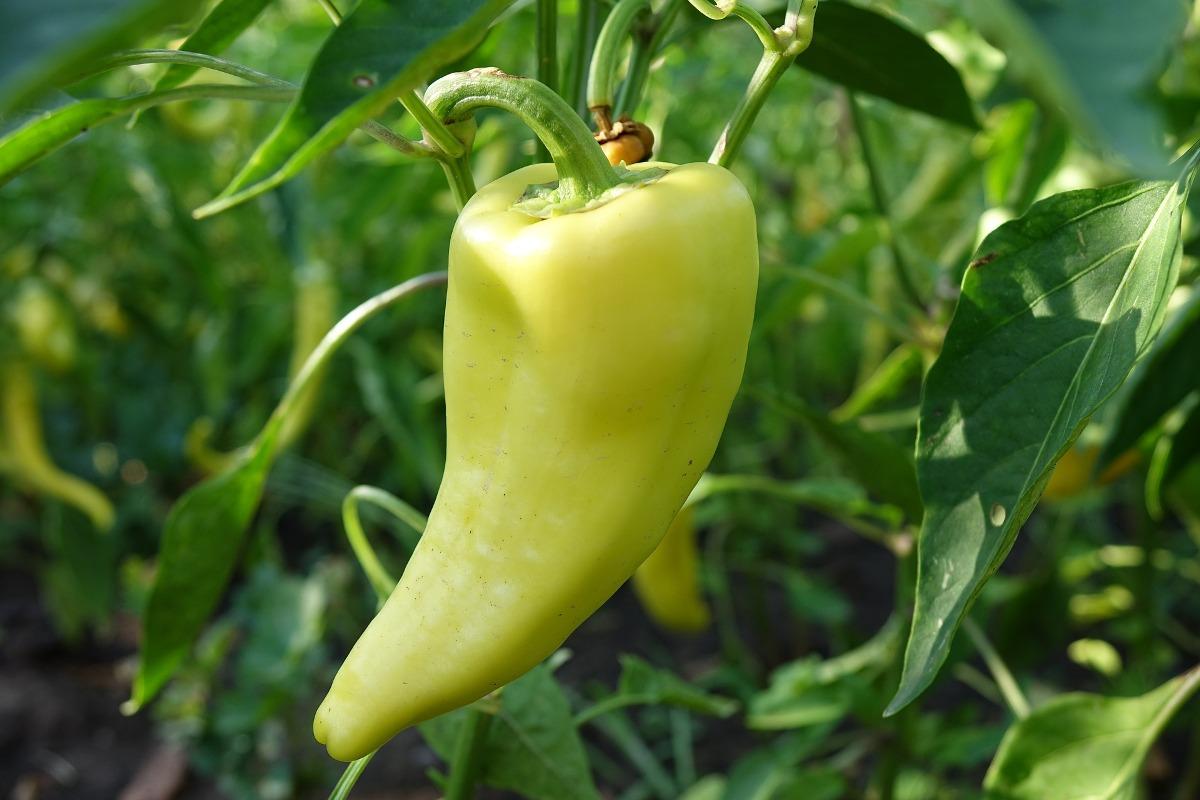Basic steps of organic farming: Organic farming refers to agricultural systems reliant on green manure, compost, biological pest control, and crop rotation, livestock production, and poultry farming. This is mainly dependent on developing ecological biodiversity in the plantation farm to interrupt the habitation of pests and diseases and the development of soil fertility. It can be defined as an agricultural procedure that uses biological fertilizers and pest control acquired from animal or plant waste. Organic farming was initiated as an answer to the environmental sufferings caused by the use of chemical pesticides and synthetic fertilizers. In other words, it is a new system of farming or agriculture that repairs, maintains and improves the ecological balance. What are we waiting for? Let’s get into basic steps of organic farming for better environment and eco-system.
A guide to basic steps of organic farming
Types of organic farming
Pure organic farming – This means avoiding all unnatural chemicals. In this farming, all the fertilizer and pesticide are obtained from natural sources that are bone meal or blood meal.
Integrated organic farming – It mainly involves integrated nutrients management and integrated pest management. It is the type of farming in which the development of plants from natural resources having the complete nutritive value and manages to prevent the crop from the pests.
Integration of different farming systems – It involves several components of farming that is poultry, mushroom, goat rearing, and fishpond simultaneously with regular crop components.
Objectives of organic farming
- The main objective is to produce high nutritional quality food in sufficient quantity.
- To keep and increase long term fertility of the soil and provide all livestock, conditions of life that allow them to perform all aspects of their innate behavior.
- To avoid all forms of pollution that can result from agricultural methods.
- To keep the genetic diversity of the agricultural system, including the plants and wildlife habitats.
- To allow agricultural producers adequate returns and satisfaction from their work by including safe drinking water.

Basic steps involved in Organic farming
Principles of Organic farming
Organic farming involves the following five principles;
- The main principle of Organic farming is the conversion of land from conventional management to organic management;
- Management of the entire surrounding structure to ensure biodiversity and sustainability of the system;
- Crop production with the use of alternative nutrients sources such as crop rotation, residue management, organic manures, and biological inputs;
- Management of weeds and pests by better management practices, physical and cultural means and biological control;
- Maintenance of livestock in tandem with the organic concept and make an integral part of the entire system.
Salient features of Organic farming
Some of the salient features of organic farming contain;
- Protecting soil fertility
- Maintaining the level of organic matter
- Encouraging biological activity in soils
- Providing nutrients through the microbial action
- Using legumes to fulfill the nitrogen of the soil
- Recycling organic matter such as crop residues and manures
- Managing diseases, pests, and weeds through the use of techniques such as natural predators, organic manuring, crop rotation, maintaining diversity, and growing resistant varieties, etc.
- Effective livestock management by paying special attention to their nutrient requirements, housing, breeding, and rearing, etc.
In case if you miss this: Biofertilizer Subsidy Schemes.
Key features of Organic farming are;
The features of organic farming are based on maintaining a natural system includes natural livestock and crop production through submission to an organic plan; and use of buffer zones to prevent synthetic chemicals from contaminating the bordering conventional farms.
Natural livestock and poultry production
By natural farming, it means raising livestock and poultry production of their products that are meat, eggs, and dairy by providing natural living conditions and feeds. Any forms of hormones, antibiotics, and medications are unacceptable, particularly if used for promoting growth and productivity. And feeds have to be organic and livestock has to be pastured. Farm features are using livestock for plowing, hauling, fuel, and even recycling their waste for manure are key aspects of organic farming.
Crop Diversity
Crop diversity benefits are;
- Increases total soil organic matter because of added residue and also roots.
- Plant varieties with different growing seasons provide the soil with a living plant during a longer period.
- Roots of added plants interact with and improve the total rhizosphere effect within the soil.
- Added roots provide more opportunities for sugars, amino acids, proteins, and organic acids, etc. to be “sloughed off” into the soil environment this adds to the natural productivity of the soil.
- Each kind of plant has its variety of microbes associated with it.
- More roots, water infiltration, and more air and water movement.
Natural crop production
It requires a variety of crops that can support numerous and different types of beneficial soil microorganisms, insects, and also promotes overall soil management for improved farm productivity.
One of the basic steps of organic farming is soil management
Soil management is very important, both directly and indirectly, to crop productivity, environmental sustainability, and human health. It includes soil conservation, soil amendment, and also optimal soil health. Organic agriculture initiates the use of natural ways to increase soil health. It mainly focuses on the use of bacteria that is present in animal waste which helps in making the soil nutrients more productive to enhance the soil.
Weed management in organic farming
Weed control practices in forests are designed to favor the growth of the preferred tree species, develop visibility along forest roads, control noxious weeds, and improve wildlife habitats. The goal is to manage timber species, ground vegetation, and wildlife than that each component is maximized yet balanced.
Weed management strategies attempt to limit the deleterious effects weeds have when growing with crops and most common is competition with the crop for obtainable growth factors such as light, water, etc. Whatever quantities weeds use are unavailable for use by the plants. If weeds can use a sufficient amount of growth factor, crop yield can be, and often is, adversely impacted. Currently, the most common process of managing weeds is herbicides. Many options are obtainable, each with distinct advantages and disadvantages. There are several methods by which herbicides can be applied. Whatever the herbicide or process of application, the goal is to prevent weeds from contributing to plant yield loss by reducing the amount of competition exerted by the weeds.
Weeds can compete with desirable crop plants for light, water, and nutrients. Weeds are a primary source of insects such as aphids, whiteflies, thrips, and other pests that are mites, slugs, and diseases. Thrips can then vector the virus to susceptible greenhouse plants. Weeds can carry other plant damaging viruses that are vectored by aphids.
Buffer zones and record-keeping
Submission to an organic farming system plan is a key feature of organic farming. And it requires the practice of buffering between organic farms and adjacent conventional farms. Keeping records of the entire farm activities is as well a need to ensure standard organic farming practice.
Characteristics of organic farming
- Maximum but sustainable use of resources and providing indirect crop nutrients with comparatively insoluble nutrient sources made accessible to the plant through the action of soil microorganisms.
- Self-sufficiency of nitrogen through the use of legumes and biological fixation of nitrogen, efficient recycling of organic products including crop residues and animal manures.
- Minimal use of purchased inputs, as complementary to local resources.
- Ensuring the biological functions of the soil-water-nutrients-human continuum.
- Creating alternative overall landscapes which give satisfaction to the local people.
- Protecting long-term soil fertility by keeping concentrations of organic matter, and promoting soil biological activity and mechanical care.
- Careful attention to the effect of farming on the wider setting and habitat conservation.
Organic farm management
Since the entire concept of organic farming revolves around a healthy, living soil crop residue management, effective crop rotation, and proper cropping patterns, etc. should be practiced carefully. This ensures optimum productivity without any fertility loss in soil. Also, organic systems respect the natural ecology of the area such as the weather, flora, and fauna of the place, and the native animals there, etc.
You should not miss the Latest Agriculture Technologies in India.

One of the first steps in organic farming is to understand the area and requirements following which the long term strategies must be addressed. And some of the problems faced by the country are;
- Poor health of soil due to loss of organic matter and soil microbes.
- Increased temperature
- Reduced water supply
- Costly inputs as opposed to lower returns.
Successful organic farming
Successful organic farming is that favors the maximum use of organic materials to improve soil health and to increase yield. Design and management of the production are critical to the success of the farm. Organic crop yields vary, depending on the success of the manager. Corn can be successfully developed after forage legumes or if manure has been applied. And markets for organic feed grains have been strong in recent years.
Fruit and vegetable crops present greater challenges mainly depending on the crop. Certain insect or disease pests are serious in some regions than in others. Some pest problems are difficult to manage with the organic process. This is less of an issue as more organically approved biopesticides become obtainable. The yield reduction varies by particular crop and farm. Some organic producers have added value to products with on-farm processing.
Livestock products can be produced organically. In recent years, organic dairy products have become very popular. There is an expanding market for organic meat products and animals must be fed only organic feeds (except under exceptional circumstances). And feed should not contain mammalian, avian or fish by-products. All genetically engineered organisms and also substances are prohibited. Antibiotics, growth hormones and insecticides are commonly prohibited. If an animal becomes ill and antibiotics are needed for recovery, they should be administered. Vaccinations are permitted when diseases cannot be controlled by other means and artificial insemination is permitted.
The profitability of organic farming in India
Organic farming in India is profitable. Profit increases in two ways;
- The cost of farm input reduces by using crop residue and animal residue, organic waste as bio-fertilizer.
- Market value and organic product demand are high compared to traditionally grown farm products.
There is a good export potential of organic produces but organic farming methods must be strictly followed and along with organic certification from the authorizing body.
Organic farming certification
Organic farming certification is a quality assurance initiative, intended to assure quality and promote commerce, based on a set of standards and ethics. It is a certification process for producers of organic food and organic plant products. Organic farming certification in India is governed by the National Programme for Organic Production (NPOP).
Certified Organic;
- It is a term given to products formed according to organic standards as certified by one of the certifying bodies.
- Many certification bodies are operating in India.
- Certified organic must apply to a certification body requesting an independent inspection of the farm to verify that the farm meets the organic standards.
- Farmers, processors, and traders are required to keep the organic integrity of the product and to keep a document trail.
- Products from certified organic farms are labeled and also promoted as “certified organic.”
The principal of Standards;
The organic certification in India follows a set of standard guiding principles by the National Programme for Organic Production. They are;
- The conversion of land for Organic farming must be done.
- And all inputs to the farm should be natural.
- No Genetically Modified inputs should be used.
- The integrity of all processes such as physical, biological, mechanical must be maintained at all times.
- No contamination from nearby farms or other means should be present.
- Sustainable practices should be followed on the farm.
You may also check the Dragon Fruit Farming Profit, Cost, Yield, Project Report.
Applying for organic farm certification
Once the requirements for organic farming are satisfied, the applicant can prepare an application. The application for certification should contain the following information;
- Organic farm production or handling system plan.
- All information requested in the application shall be completed in full which means name, addresses, details of the contact person, and telephone number of the authorized person, etc.
- The names of an organic farm certification body to which farm application is previously made and outcome, non-compliance noted if any, copy of such records for applying shall be given.
- Any other information required to determine compliance with the standards specified.
- The prescribed registration fee, one-time inspection fee, one-time travel cost must be paid by the operator along with the application form.
Advantages of organic farming

Economical – In organic farming no expensive fertilizers, pesticides, High Yielding Variety seeds are required for the plantation of crops. Therefore, no extra expense in organic farming.
Good return on Investment – With the usage of cheaper and local inputs, then a farmer can make a good return on investment.
High Demand – High demand means there is a huge demand for organic products in India and across the globe, generating more income through export.
Nutritional – When compared to chemical and fertilizer utilized products, organic products are more nutritional, tasty, and good for health.
Environment-Friendly – The farming of organic product is free of chemical and fertilizers, then it doesn’t harm the environment.
That’s all folks about organic farming basic steps and processes. You may be interested in Mango Seed Germination Process.